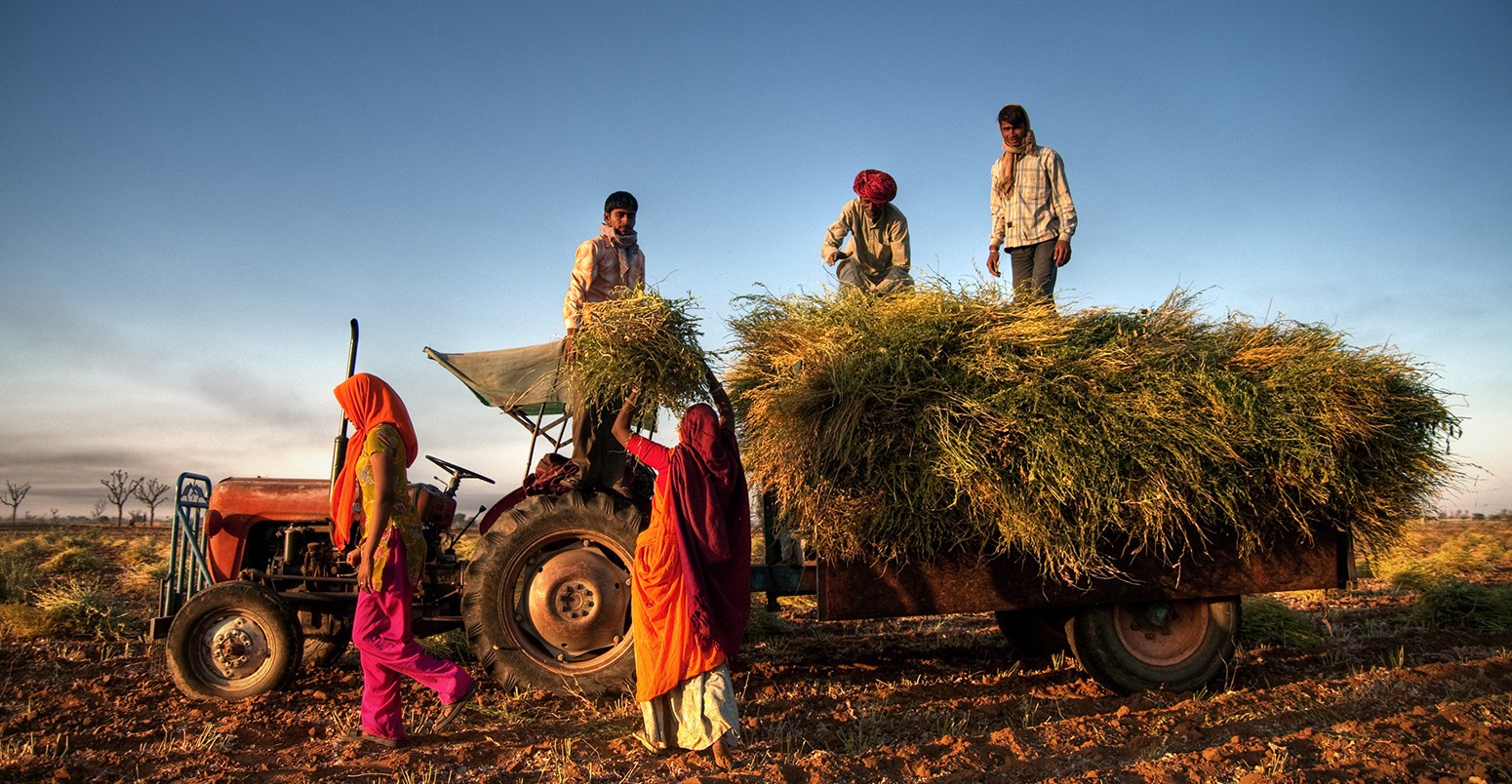
Why the UN says climate adaptation could cost developing countries $1 trillion a year
Mat Hope
12.08.14Mat Hope
08.12.2014 | 2:20pmAdapting to the worst impacts of climate change could cost three times as much as previous estimates, a new UN Environment Programme (UNEP) report suggests.
Developing countries may need to stump up anywhere between $250 billion and $1 trillion a year by 2050 to build flood defences, implement early warning systems, and develop more resilient farming techniques, it says.
We take a look at the figures, and explain why UNEP thinks climate adaptation costs are going to be hundreds of billions more than previous projections.
Underestimate
Last year, the Intergovernmental Panel on Climate Change (IPCC) released a major review of climate research. It said developing countries could expect to pay about $70 to $100 billion a year by 2050 to adapt to the worst impacts of climate change.
UNEP’s new report says that is likely to be a “significant underestimate.” It says adaptation costs for developing countries could reach $150 billion by 2025, and $250 to $500 billion a year by 2050.
Adaptation costs for the world’s least developed countries alone, many of which are among the most vulnerable to the impacts of climate change, are likely to reach $50 billion a year by 2025, and $100 billion by 2050, it says.
These estimates are based on politicians acting to ensure global temperatures don’t rise more than two degrees above pre-industrial levels, the de facto target of international climate negotiations.
But current emissions put the world on track for more like four degrees of warming, UNEP notes. More warming means more adaptation costs, with developing countries potentially paying around $1 trillion a year to cope with the impacts associated with such temperature rises, the report says.
Calculating costs
UNEP’s estimate seems to be higher than the IPCC’s mainly because the new report takes a more detailed look at how climate change is expected to affect developing countries’ economies.
It’s worth pointing out that the IPCC report openly warns that “there is little confidence” in its own estimates, due to the difficulties of calculating future damages associated with climate change.
Its figures are based on global models, which exclude the economic impact of adapting to climate change on a number of sectors. The models also don’t look at all the impacts of climate change that can have a knock-on effect on countries’ economies, from a loss of biodiversity to the declining health of the oceans.
To address these issues, UNEP’s report takes a different approach. It compiles results from multiple national-level and sectoral studies, which identify a number of other ways that adapting to climate change might add to developing countries’ costs, and are overlooked by the IPCC’s global models.
Uncertainty around future climate change potentially adds to climate adaptation costs, UNEP says. The risks associated with climate change are so grave that countries may choose to implement measures designed to withstand the worst case scenario, even if it is unlikely.
For instance, governments may implement flood defences based on an unlikely event that would have devastating effects, rather than a more likely outcome that would result in less damage. Such “higher adaptive capacity” comes with a cost, UNEP points out.
The cost of implementing climate adaptation policies is also likely to be greater than previously thought, UNEP says.
Building flood defences or putting early warning systems in place is “rarely easy or as cheap to implement as estimated”, UNEP notes, due to the cost of distributing loans, acquiring land and difficult political situations in many countries.
Once these factors are taken into account, the costs of climate adaptation are likely to be much higher than the IPCC’s global models project, UNEP says.
Adaptation gap
Developing countries have long argued that richer nations should be giving more to help them adapt to the impacts of climate change. Today’s estimate puts a figure on how much doing so may cost.
UNEP’s report is timed to coincide with international climate negotiations currently underway in Lima, so may influence debate over how much developed countries may be expected to give.
Total public funding for adaptation measures including contributions from countries’ development budgets reached $23-26 billion in 2013, UNEP estimates, demonstrating how costs are expected to rise over the coming century.
Countries have promised to provide $100 billion a year by 2020 for climate adaptation efforts through the UN’s Green Climate Fund. So far, countries have pledged almost $10 billion over the next four years to the fund.
That is an order of magnitude less than countries are going to need to give in the coming decades, UNEP says. Unless new sources of climate finance become available, there is “likely to be a major adaptation funding gap after 2020”, it concludes.

